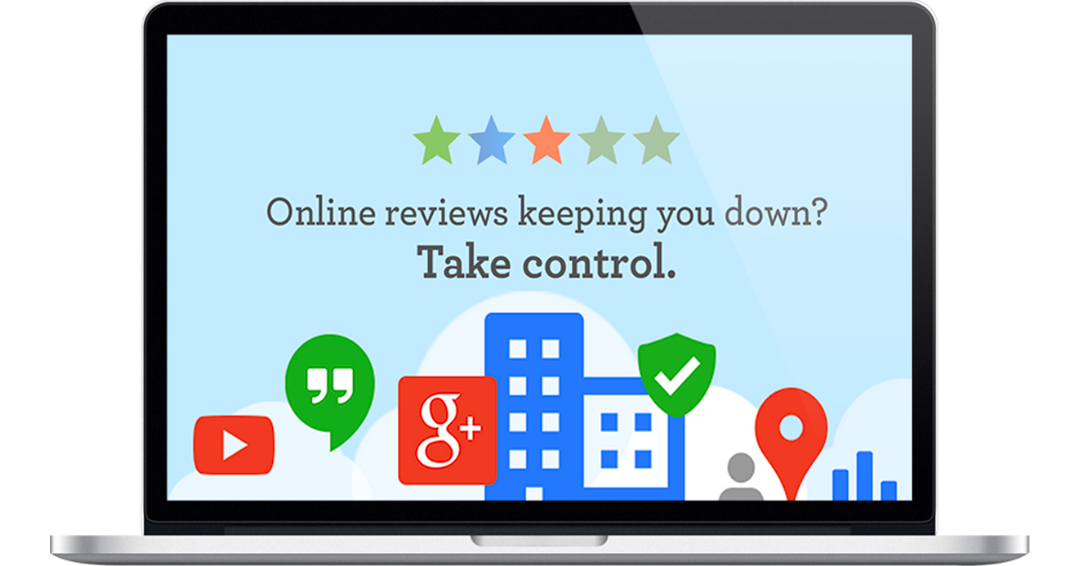Is there a difference between 5-star ratings and social media reviews?
I recently read an article questioning the validity of social media ratings in long-term care vs. the rating system provided by CMS and I think the conversation should be expanded on.
The Centers for Medicare and Medicaid Services did a fantastic job when they created their 5-star review system, but similar to other government agencies, their reviews are all metrics-based (census, inspections, surveys, etc.) and do not necessarily allow for the inclusion of consumer-based experiences and opinions and further, do not allow for the correlation between these experiences and opinions back to their rating system.
Social media reviews; albeit flawed as they may be, do allow for a non-quantifiable inclusion of other people’s opinions, thoughts, and experiences with any organization. Drawing correlations between these results and the rating system results are impossible at best.
When collecting and analyzing data in a controlled environment such as CMS, there is no ability for the inclusion of personal opinions and experiences to a “fact-based” system of data analysis – it is too subjective.
Social media reviews (including online review sites) are not perfect, but with the right approach, consumers can learn more about how an LTC community is viewed by the public.
Adopting a comprehensive social media strategy can help with facilitating social media reviews. Are there policies in place that prohibit employees from writing anonymous reviews to raise the overall ratings of the organization? Is someone responsible for your social media strategy whose duties include the monitoring and responding to social media and online reviews; acknowledging the good ones, verifying, and responding to the negative ones?
Consider this analogy. Most all states have a Department of Health (or similar organization) responsible for monitoring and rating restaurants. Their rating systems (similar to CMS’s rating system) are statistics-based and include non-subjective information; is the location safe, ADA compliant, is the food prepared correctly, is the food prepped and stored correctly and at the right temperatures, are there hygiene policies in place and do employees adhere to them, etc. Restaurants get a passing grade, a warning to get their act together, or a failing grade and subject to be closed down. In any case, the review system is based on non-subjective data elements. Let’s say your favorite restaurant gets an “A+” grade because all their T’s were crossed and I’s dotted when the department of health showed up.
Now, let’s take a look at their social media reviews that perhaps comprise of all 1 and 2 stars because the staff was rude, the food didn’t taste good, the service was lousy, the lighting wasn’t right, the menu selection didn’t meet the customers expectations or any number of other things consumers will cite in their online reviews.
Health Department gives an A+ rating and consumers provide a 1.5-star rating. Who’s right?
No rating system is perfect when it comes to making a decision about where Mom, Dad, Grandpa, or Grandma are going to live in their aging years. Consumers should look at all aspects – including the CMS rating system, along with the social media and online reviews before narrowing down their options and only after that, schedule a visit to the locations that meet the criteria to determine which place is the right place.

 Is there a difference between 5-star ratings and social media reviews?
Is there a difference between 5-star ratings and social media reviews?

Leave A Comment
You must be logged in to post a comment.